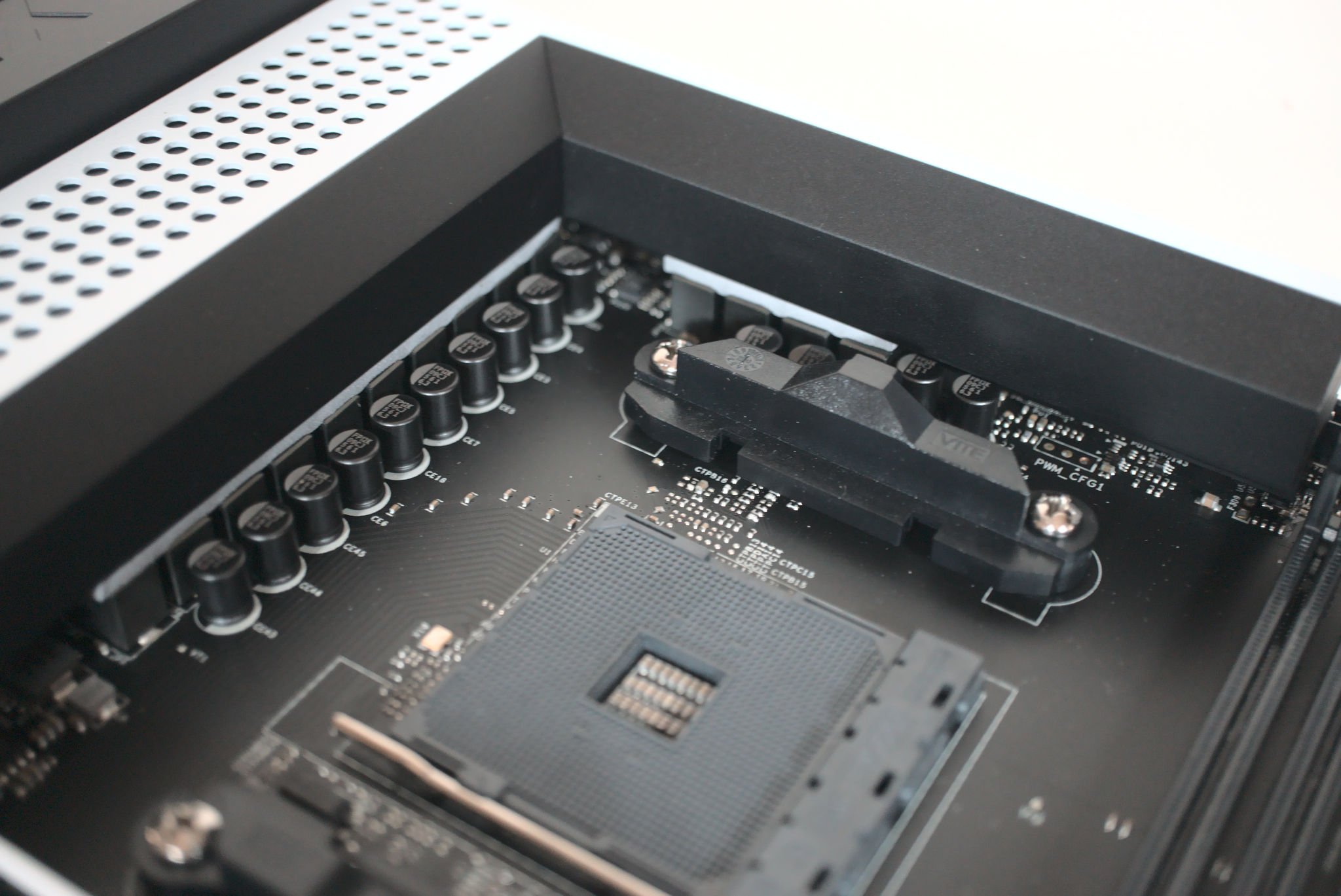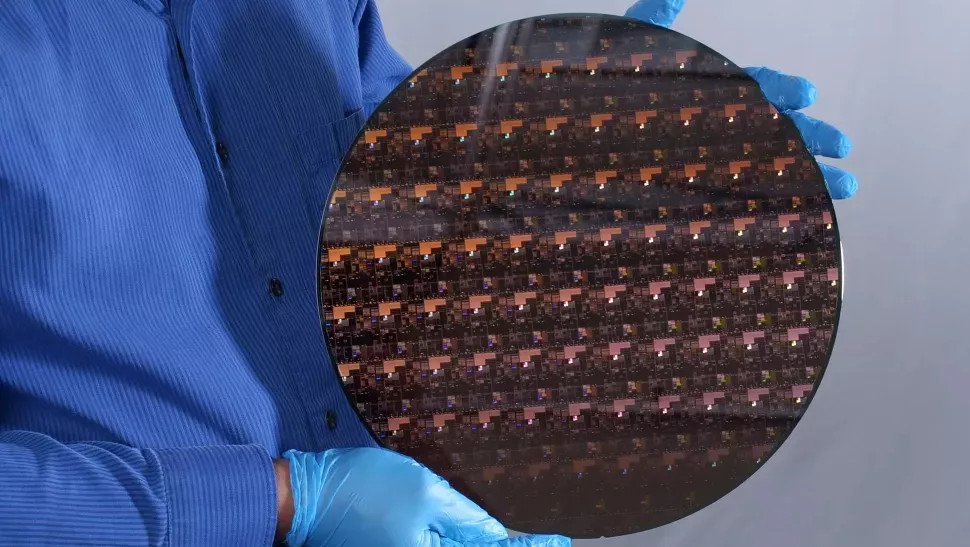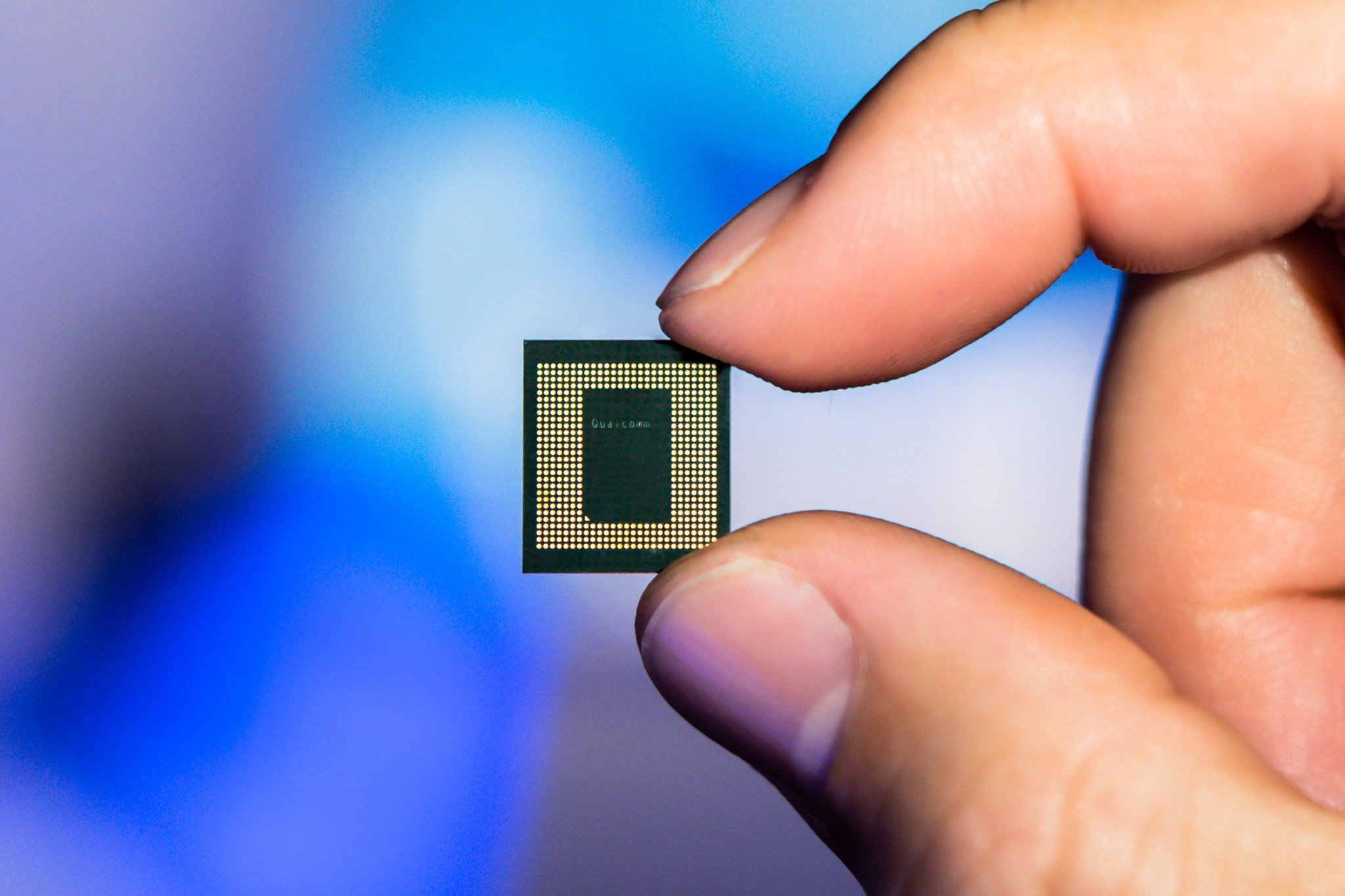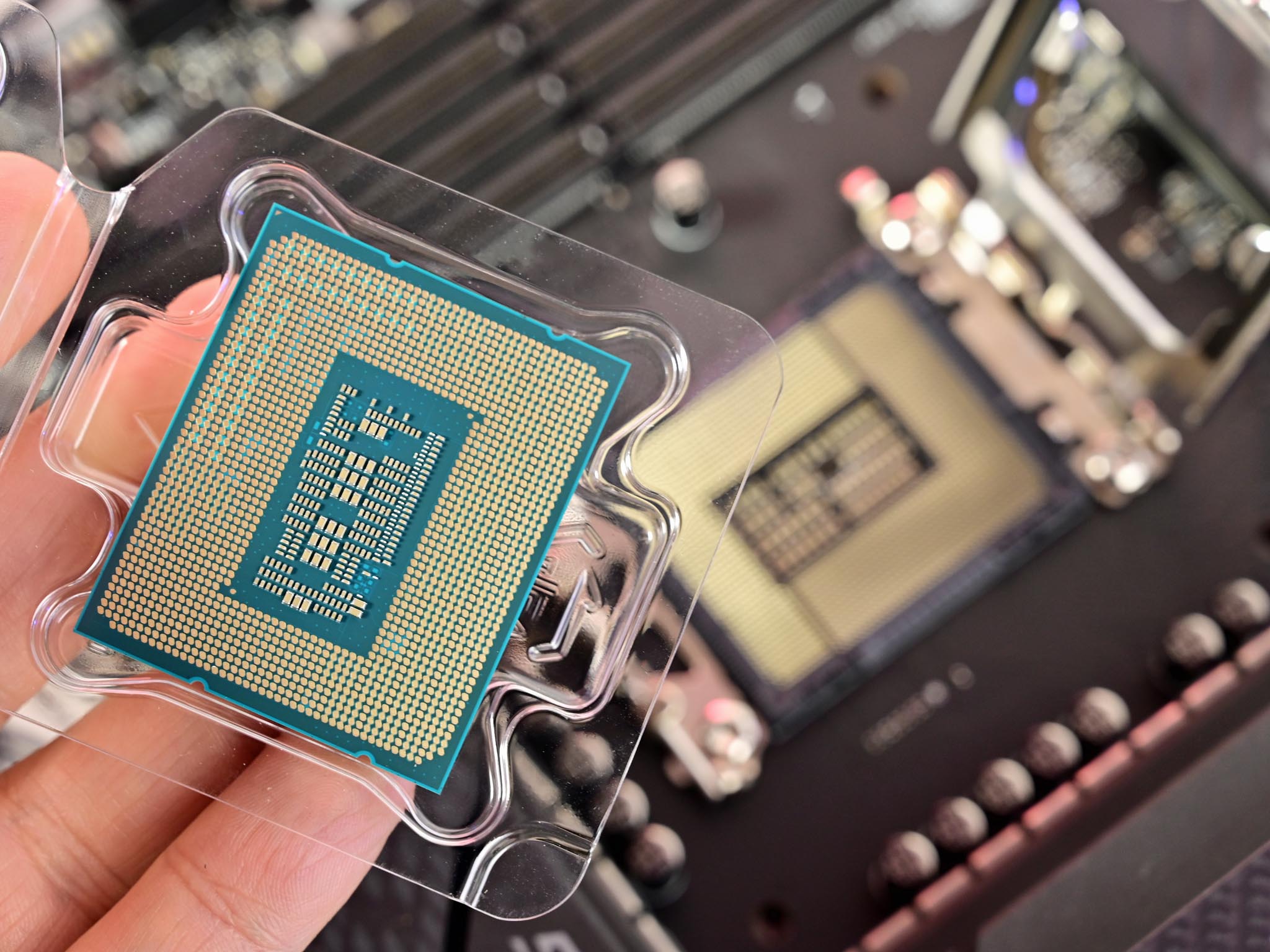The global chip shortage's end is in sight — here's what experts say to expect
Some industries will recover faster than others.

The global chip shortage represents one of those rare instances where seemingly everything that can go wrong does go wrong, and has snowballed into a worldwide headache depriving people of new cars, PC parts, and just about everything in between. Entire industries have been pit against one another in fierce competition for chip supplies, technological warfare between the U.S. and China has exacerbated semiconductor tension, and the situation isn't mending itself fast enough to shield consumers from the fallout.
While some parties would go so far as to say there is something close to a singular cause to the chip shortage, others feel it's the culmination of a great many global factors conspiring to make life harder for everyone. One of the only things that is an absolute certainty and not subject to opinion or conjecture is that, by and large, it has become vastly more difficult to obtain one of the best graphics cards or any other kind of chip-based tech (of which most everything is).
When can consumers expect the pain to stop, and what unexpected circumstances should they be ready for between now and then? That's what we reached out to experts to learn about. Here's what they warned the chip shortage would have in store for everyone between now and its eventual end.
Global chip shortage origins and expectations

Yole Développement Economist Guillaume Assogba shared his predictions on what consumers can expect in the near future. He gave background on the chip shortage's patient zero as well as what early evidence pointed toward the snowball effect we're all now caught up in.
"Fundamentally, the shortage of chips that started in cars has spread to all industries using these components (consumer tech, gaming, payment cards, etc.)," he said, mentioning how this has led companies to reduce their production forecasts. "For example, Nintendo has announced a 20% reduction in production; there has been a relative scarcity of the latest consoles from Sony and Microsoft for a few months; even Apple seems to have to reduce its production of the iPhone 13 by several million units."
He then reiterated that these sorts of actions will mean supply shortages and spiked prices for consumers, which should come as no surprise to anyone who's had to explore the current retail landscape firsthand. But the shortage's impact extends far past what many are paying attention to. As an example, Assogba pointed to the steel industry, which has seen reductions in sales as fewer cars are produced. This means that even when chips stabilize, the scaled-down steel industry may cause further delays as it takes time to get back in the swing of pre-shortage production volumes.
It's not all doom and gloom on the forecast, though. Assogba and Yole predict that consumer tech will recover first, by the end of 2022, thanks to tech manufacturers having kept up relations with chipmakers throughout the pandemic. The auto sector, meanwhile, will likely have to hope for 2023, as it did not sufficiently maintain relations.
All the latest news, reviews, and guides for Windows and Xbox diehards.
Global chip shortage expert consensus

Gaurav Gupta, Gartner Vice President for Semiconductors and Electronics, gave similar estimates. "I expect better recovery for display driver and touch sensor ICs," he said. "Enterprise networking chips recovery would also be towards end of 2022."
Much like Assogba, Gupta saw some facets of the shortage reaching into 2023. "Power management solution and analog devices will be the last to recover and in some cases shortages might extend to early 2023." For industries affected by the shortage, Gupta foresaw consumer-facing consequences including higher pricing, a widespread lack of concrete delivery times, and product shortages, delays, and de-speccing based on the limited availability of high-end products.
As to how the situation got to where it is today, Gartner attributes it to a variety of factors all compounding one another. The trade war between the U.S. and China, the pandemic's lockdown effect, and an emphasis on 5G, among other elements, are cited as contributing to the environment that landed the world's chip supply shortage in such bad shape.
Global chip shortage big-picture takeaways

Those looking for the "too long; didn't read" of the analysts' thoughts can walk away with this simple statement: Expect an easier time getting graphics cards by the end of 2022 and a rebound to normalcy (or close thereto) in the automotive market during 2023, assuming additional pipeline setbacks don't disrupt that particular space further.
Still, roadblocks of varying magnitudes could crop up. With new strains of coronavirus on the rise and global superpowers fighting for tech and trade superiority, there's no telling what curveballs could be headed the tech sector's way throughout 2022 and 2023. The only guarantee is that we'll all find out whether things are set to get better within the coming months.

Robert Carnevale was formerly a News Editor for Windows Central. He's a big fan of Kinect (it lives on in his heart), Sonic the Hedgehog, and the legendary intersection of those two titans, Sonic Free Riders. He is the author of Cold War 2395.
